Why Do Dogs Chase Their Tails? 5 Possible Reasons
07.03.2022.
Dogs chasing their tails is one of those things that just go together. Dog owners already know how incredibly funny and entertaining their dogs can be, and chasing the tail is one of those behaviors that can entertain us for hours. However, did you ever wonder why dogs do it? Why do dogs chase their tails? It seems like they’re having fun, but is there anything to be analyzed in that behavior? Here’s why dogs do it.
1. Playing
Dogs usually chase their tails a lot when they’re younger. Puppies are playful, and they love learning about the world by taking a bite out of it. When you combine those two things, you get a puppy that entertains itself by chasing its tail. Much like human children, puppies love playing, and what’s more fun than chasing the thing that’s constantly behind them?! In this case, their tail is simply a toy they’ll use to play with.
2. Boredom
Adult dogs can chase their tails, and one of the possible reasons they might do it is because they’re bored. If a dog is bored, that means they have too much energy in them. When the energy builds up, they need to expel it somehow. Tail chasing will give them a way to entertain themselves, at least for a short while. When dogs are bored, they’ll look for different ways to entertain themselves. It is not uncommon for bored dogs to develop behavioral problems, so chasing their tail doesn’t seem like much of an issue. The good news is that this type of behavior is pretty easy to handle. You can simply increase the amount of exercise the dog gets, and tail chasing should stop.
RELATED: Why Do Dogs Roll in Grass?
3. Attention
Dogs can start chasing their tail because their owners aren’t giving them enough attention. If the dog feels its needs are not met, they’ll do anything they can to achieve interaction with their owners. You need to understand that you are the whole world to your dog. Their ultimate goal is to constantly interact with their owners. One of the ways to achieve that is to start chasing their own tail. This is just one of the things the dog might try. Most dogs will whine, cry, paw, or even jump on their owners when they want attention. Your dog is sociable, and all dogs thrive on human interaction. Make sure you give your dog enough attention each day. Set aside enough time you can dedicate to your dog. You can play or train, but make sure the time spent is productive.
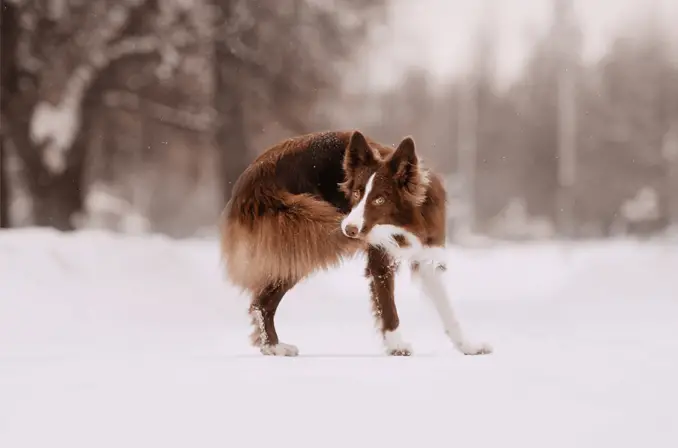
4. Topical parasites
Another possible reason dogs can chase their tails is because their tails are itchy. If chasing tail is not something your dog used to do before and suddenly started doing it, it’s possible there is something bugging them. Topical parasites like ticks or fleas might have infected the dog and are causing itchiness on the dog’s tail. If that’s the case, you should closely examine the dog’s tail. Remove the hairs and make sure there aren’t any hidden parasites. If you find them, you should make sure you get rid of them as soon as possible. Parasites can carry different diseases and are very uncomfortable for the dog.
RELATED: Why Do Dogs Whine?
5. Anxiety
Believe it or not, dogs might be chasing their tails because they’re anxious. Chasing their tail might provide the dog with a sense of security. It is a repetitive behavior that once consoled them, and they might start doing it every time they feel anxious or nervous. There are various possible causes that might cause anxiety in dogs. Some of them are abuse, small living area, traumatic experience, other aggressive pets, or being separated from their owners. Dogs are sensitive, and if their owners don’t take proper care of them or mistreat them, they can develop issues.
Should I be worried about my dog chasing its tail?
In most cases, dogs chasing their tail is not a reason for worrying, especially if a younger dog does that. If it seems like a source of quick entertainment, you shouldn’t worry about your dog too much. Keep an eye on the dog’s behavior, and pretty soon, they should “grow out” of that behavior.
However, there are some cases where chasing their own tail can be a worrying sign. Older dogs that haven’t done that suddenly start chasing their tail can be worrying. It would be best to eliminate potential health issues like pain, seizures, or even cancer. It’s best to examine the dog and look for other symptoms they might be exhibiting. In severe cases, chasing their tail is just one of the symptoms.
RELATED: Dog Sploot: What Is It and Why Dogs do It?
Responsible owners should always keep an eye on their dogs. That is the only way to notice something weird going on and call our vets on time. The sooner we uncover what’s bothering our dogs, the sooner the treatment can begin.
World Dog Finder team

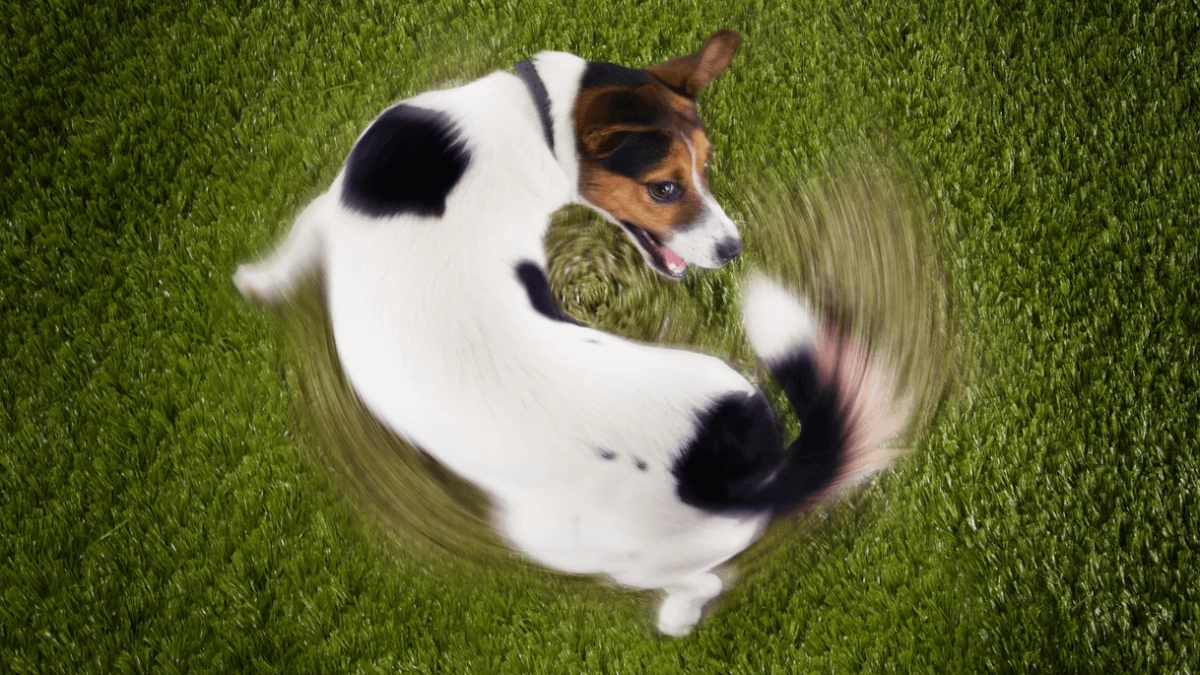

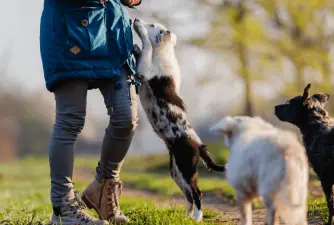
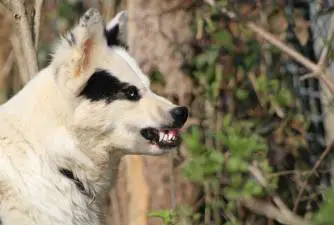
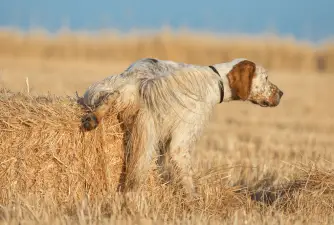

Share